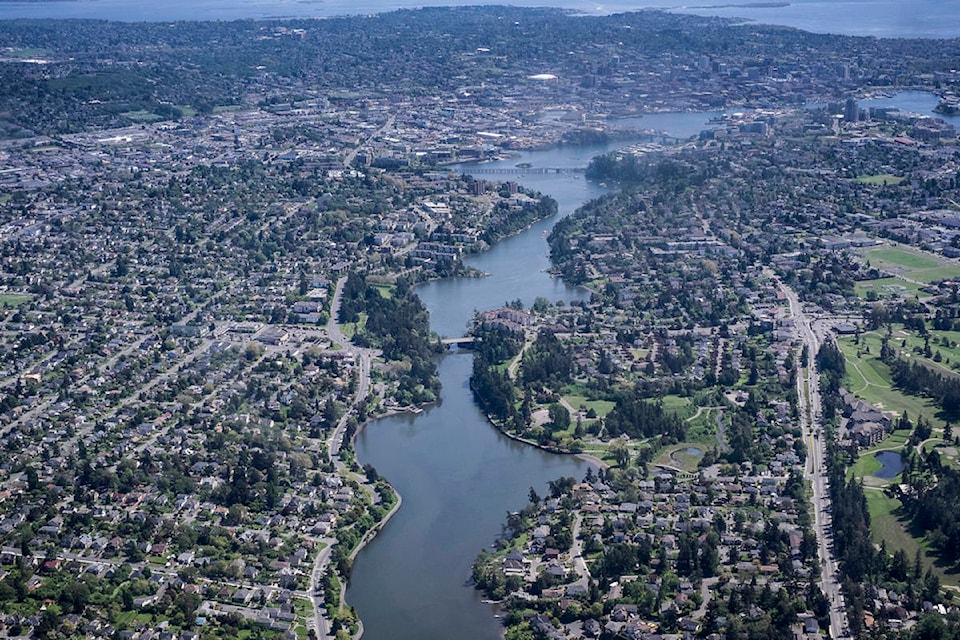New housing figures raise questions about the provincial speculation tax and confirm the fast-growing nature of the West Shore.
Figures from Statistics Canada show that the share of residential properties owned by non-residents in British Columbia remained stable at 3.2 per cent from 2018 to 2019.
The provincial government started charging the provincial speculation and vacancy tax in the fall of 2018 in selected parts of the province including Greater Victoria to cool an overheated real estate sector by way of taxing non-residents who own properties in the province. Such homeowners can avoid the tax by renting out their properties.
The controversial tax has drawn legal challenges not to mention criticism from locals. But if the tax aims to discourage outsiders from owning second homes in British Columbia, it appears to have failed, at least based on the available evidence, with the provision that the available data is of a small sample size, namely a year.
RELATED: Langford, Colwood, Sidney lead region in housing starts
Statistics Canada also shows that the provincial housing stock is growing faster in urban areas than rural areas, with the proviso that housing growth in CMAs (Census Metropolitan Areas) takes place at their respective edges rather than in their geographic centres.
Consider Victoria’s CMA. Growth in Census Subdivisions of Langford (up four per cent), Colwood (up 3.2 per cent) and Sooke (up 2.7 per cent) has outpaced growth in the Victoria Census Subdivision (up 1.3 per cent). These figures broadly match demographic figures that show the geographic centres of CMAs losing population to outer districts or even other regions entirely.
This trend has become especially notable in Vancouver’s CMA as the suburbs ringing the City of Vancouver, as well as the Fraser Valley and beyond, have recorded steady population gains in the face of high housing prices in the core. This said, CMAs including Vancouver continue to draw international migrants as well as younger individuals coming to CMAs for post-secondary education from other, less urban parts of the province.
Victoria CMA appears to experience a comparable phenomenon, with the areas outside the core communities of Victoria and Saanich but especially the West Shore absorbing regional population growth, as measured by additional housing.
Do you have a story tip? Email: vnc.editorial@blackpress.ca.
Follow us on Twitter and Instagram, and like us on Facebook.
